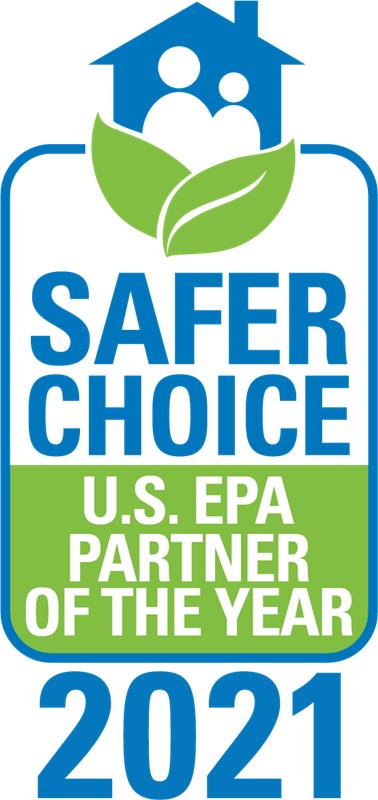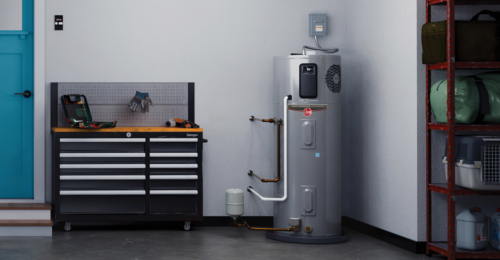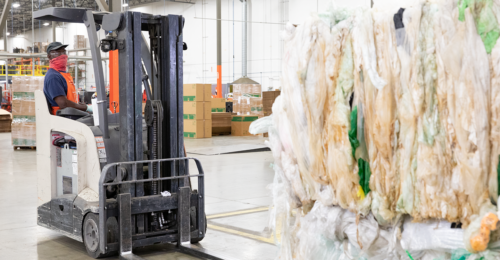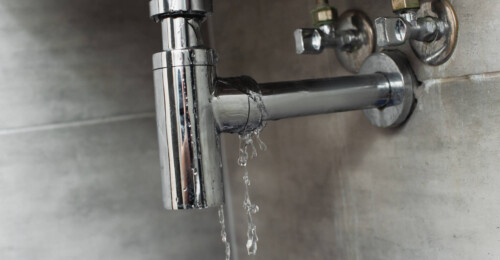Sustainability in Clorox Products and Packaging
At Clorox, when they formulate, manufacture and package products, they keep people and planet in mind. Clorox strives to use ingredients and packaging that are more sustainable, including materials that are recyclable and compostable. Ultimately, their goal is to deliver high-quality products that make everyday life better and minimize the impact on our planet.
When it comes to the amount of materials that go into their products and packaging, Clorox believes that less is more. They are always trying to find ways to reduce the overall volume of materials, increase sustainability of materials and minimize the impact left behind after consumers use their products. That way, they can help reduce the footprint and resource intensity of Clorox products. In fact, Clorox’s signature sustainability goal aims to reduce by 50% the virgin plastic and fiber in its packaging by 2030.
Chemical Footprint Project
In support of Clorox’s public commitment to reduce the chemical footprint of its cleaning products, starting in 2021, the company will participate in the Chemical Footprint Project to evaluate its Retail and Professional Products cleaning product portfolio. The Chemical Footprint Project is an initiative that helps companies measure and disclose data related to the chemistries used in their products. Clorox will use this benchmarking tool to assess and manage its retail and professional cleaning products’ chemical footprints, while evaluating expansion to other product categories.
Ingredient Transparency
More than a decade ago, Clorox became the first consumer packaged goods company to voluntarily disclose ingredients in its U.S. and Canadian retail and professional cleaning, disinfecting and laundry products. Over the years, Clorox strengthened its transparency efforts by adding mobile access and fragrance information, as well as providing greater visibility into what is in and not in its products. At Clorox, they continue to be on the front lines of ingredient transparency – and not just because it’s required or because it’s good for business. They do it because consumers have a right to know what’s in the products they bring into their home.
Fragrances
Since 2014, Clorox has been listing fragrances in consumer and professional cleaning, laundry and disinfecting products that have been identified as potential allergens. Today, those fragrance allergen listings for U.S. products can be found on Smart Label, and the company voluntarily discloses them for Canadian products through Ingredients Inside.
Restricted Substances
What’s not in Clorox products can be just as important as what goes into them. That’s why Clorox has in place principles and guidelines to ensure new and existing formulations in how its retail cleaning products lessen the usage of ingredients scientifically proven to negatively impact human and environmental health.
Clorox also has several products recognized by the US Environmental Protection Agency Safer Choice/Design for the Environment program for using product ingredients that pose the least concern among chemicals in their class. Additionally, Clorox product safety specialists work with ingredient suppliers to help identify and avoid other ingredients such as those identified on California’s Proposition 65 and SARA Title III lists.
 The Clorox Company was named the 2021 Safer Choice Partner of the Year award winner for outstanding achievement in the manufacturing of products with ingredients that are safer for families, pets, workplaces, communities, and the environment. This is the company’s fourth time receiving this award in the formulation/product manufacturing award category. Safer Choice helps consumers and organizations find products that perform and are made with safer ingredients. To qualify for the Safer Choice label, a product must meet EPA’s Safer Choice Standard, which includes stringent human and environmental health criteria. Currently, 27 Clorox products carry the Safer Choice label, an increase from 19 products in 2018.
The Clorox Company was named the 2021 Safer Choice Partner of the Year award winner for outstanding achievement in the manufacturing of products with ingredients that are safer for families, pets, workplaces, communities, and the environment. This is the company’s fourth time receiving this award in the formulation/product manufacturing award category. Safer Choice helps consumers and organizations find products that perform and are made with safer ingredients. To qualify for the Safer Choice label, a product must meet EPA’s Safer Choice Standard, which includes stringent human and environmental health criteria. Currently, 27 Clorox products carry the Safer Choice label, an increase from 19 products in 2018.






